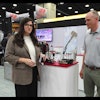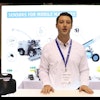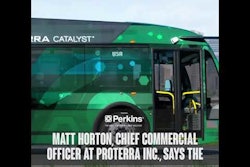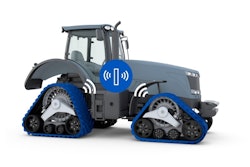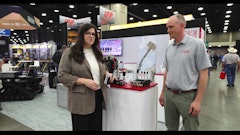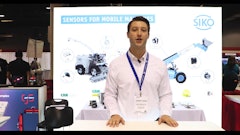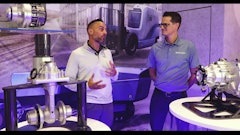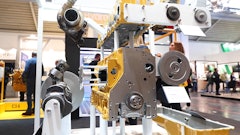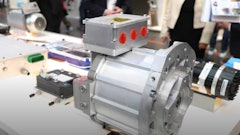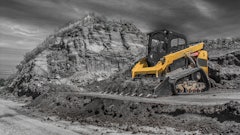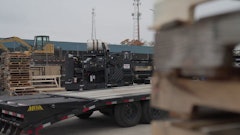The John Deere SESAM Tractor uses 100% renewable electricity for its 130 kW of continuous power while still using a standard tractor frame. The use of battery power allows a driver to run auxiliary functions like air conditioning, as well as implements while the tractor is off, and recuperates some of its energy during deceleration (regenerative braking). The use of battery charging means a fully carbon neutral farm could even create its own electricity through renewable sources like biomethane.
Read more about the SESAM Tractor and other clean-energy powered agricultural solutions at www.oemoffhighway.com/20990150.

